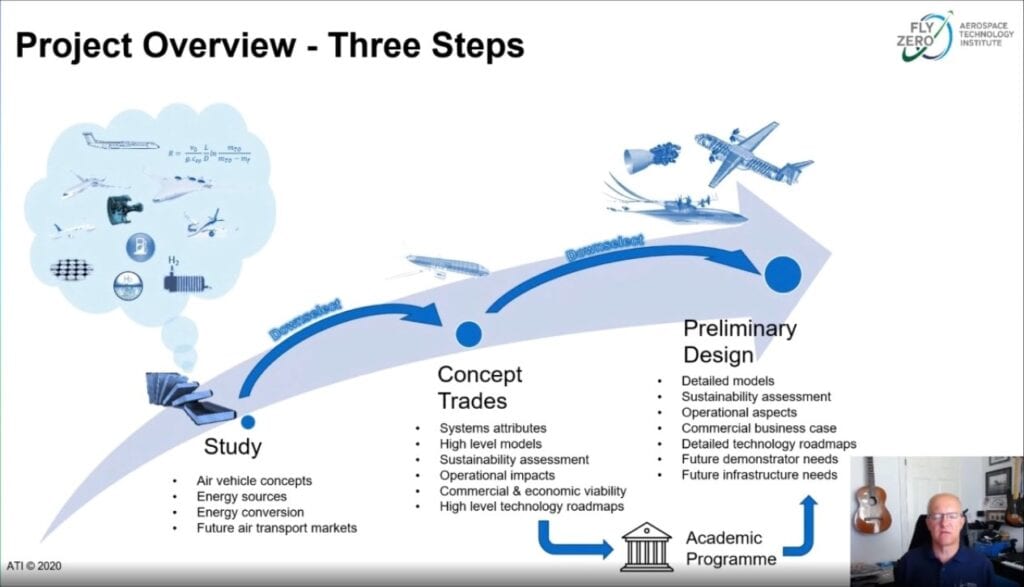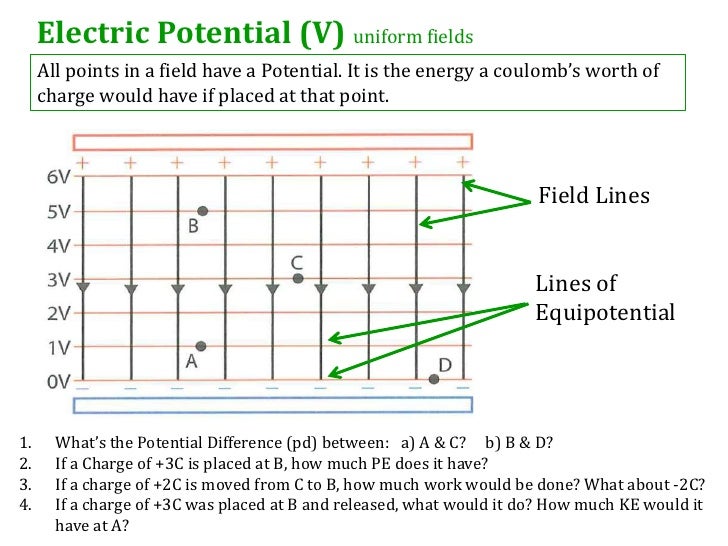

In fair weather the ionosphere is positive and the Earth largely negative, maintaining the electric field (Figure 5a). The ionosphere is responsible for a range of phenomena including the electric field surrounding Earth. What causes the electric field? At around 100 km above the surface of Earth we have a layer of charged particles, called the ionosphere. (credit: Jan-Joost Verhoef)Ī near uniform electric field of approximately 150 N/C, directed downward, surrounds Earth, with the magnitude increasing slightly as we get closer to the surface. At very high fields, the insulating properties of the air break down and lightning can occur. In the presence of storm clouds, the local electric fields can be larger. They produce a uniform electric field of about 150 N/C. Earth and the ionosphere (a layer of charged particles) are both conductors. The edge effects are less important when the plates are close together.įigure 5. Except near the edges, the excess charges distribute themselves uniformly, producing field lines that are uniformly spaced (hence uniform in strength) and perpendicular to the surfaces (hence uniform in direction, since the plates are flat). The properties of conductors in electrostatic equilibrium indicate that the electric field between the plates will be uniform in strength and direction. How can a very uniform electric field be created? Consider a system of two metal plates with opposite charges on them, as shown in Figure 4. This can lead to some interesting new insights, such as described below. The properties of a conductor are consistent with the situations already discussed and can be used to analyze any conductor in electrostatic equilibrium. Any excess charge resides entirely on the surface or surfaces of a conductor.

Just outside a conductor, the electric field lines are perpendicular to its surface, ending or beginning on charges on the surface.The electric field is zero inside a conductor.Properties of a Conductor in Electrostatic Equilibrium The motion of a positive charge is equivalent to the motion of a negative charge in the opposite direction.
#Fieldlines zero electric potential free#
A positive free charge is shown, but free charges can be either positive or negative and are, in fact, negative in metals. There can be no component of the field parallel to the surface in electrostatic equilibrium, since, if there were, it would produce further movement of charge. The free charges move until the field is perpendicular to the conductor’s surface. When excess charge is placed on a conductor or the conductor is put into a static electric field, charges in the conductor quickly respond to reach a steady state called electrostatic equilibrium.įigure 1 shows the effect of an electric field on free charges in a conductor.

Explain why no electric field may exist inside a conductor.Explain the effect of an electric field on free charges in a conductor.List the three properties of a conductor in electrostatic equilibrium.By the end of this section, you will be able to:


 0 kommentar(er)
0 kommentar(er)
